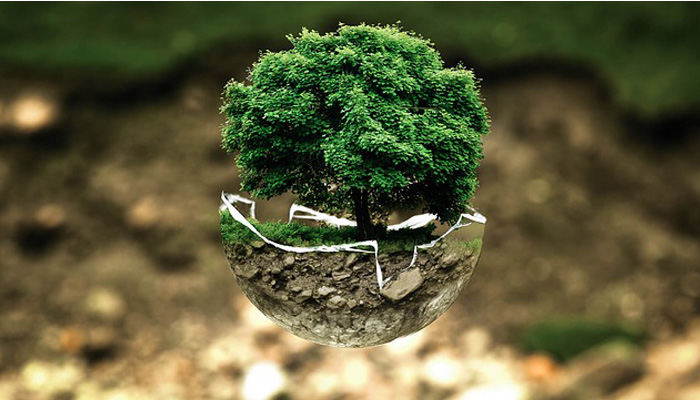World nature conservation day observed on July 28 annually, World Nature Conservation Day acknowledges that a healthy environment is the foundation for a stable and healthy society. Meaning of conservation of nature“Conservation means the wise use of the earth and its resources for the lasting good of manking” – Gifford PinchotEarth’s natural resources include air, minerals, plants, soil, water, and wildlife. Conservation is the care and protection of these resources so that they can be preserved for future generations. It includes maintaining diversity of species, genes, and ecosystems, as well as functions of the environment, such as nutrient cycling.Conservation is similar to preservation, but while both relate to the protection of nature, they strive to accomplish this task in different ways.
Conservation seeks the sustainable use of nature by humans, for activities such as hunting, logging, or mining, while preservation means protecting nature from human use.What is the importance of nature conservation?Nature provides us with all the essentials for our daily needs. Due to overpopulation and human negligence we started to over-exploit our resources. If this continues, there will be no resources left for our future generations.

The need to conserve the resources are:· To support life by supporting ecological balance· To ensure that the future generations will be able to access the resources· To preserve the biodiversity· To ensure human race survives.How human activities are increasing the threat of coronavirus-like pandemics . There are two main ways in which the change in environment is increasing the threat of pandemics such as the current coronavirus outbreak:First, with growing human settlements and land-clearing for agriculture, the transition zones between different ecosystems have grown. This leads species from different habitats to mixing and interacting with each other in new ways. These new contacts provide new opportunities for diseases to jump between species, as coronavirus did.The second important driver for the emergence of zoonotic diseases is biodiversity loss. With decreasing biodiversity, disease vectors – those animals that carry and transmit an infectious pathogen – are more likely to feed on vertebrates than other species which are no longer as abundant. Those other species then become the primary reservoir of the pathogen.
Jagadananda Pradhan,Bsc Ag , Centurion University , Ajay singh jakhar ( MD ,Agri mentors)

